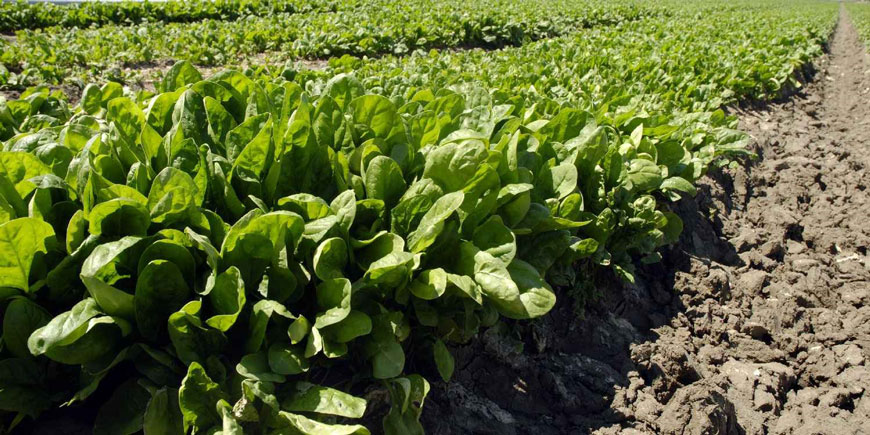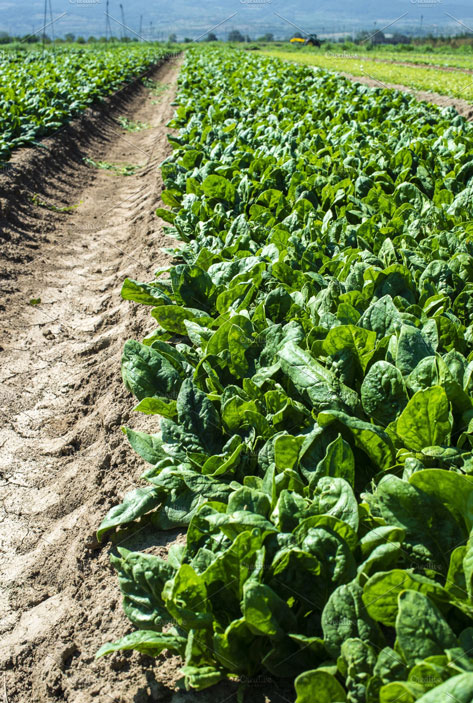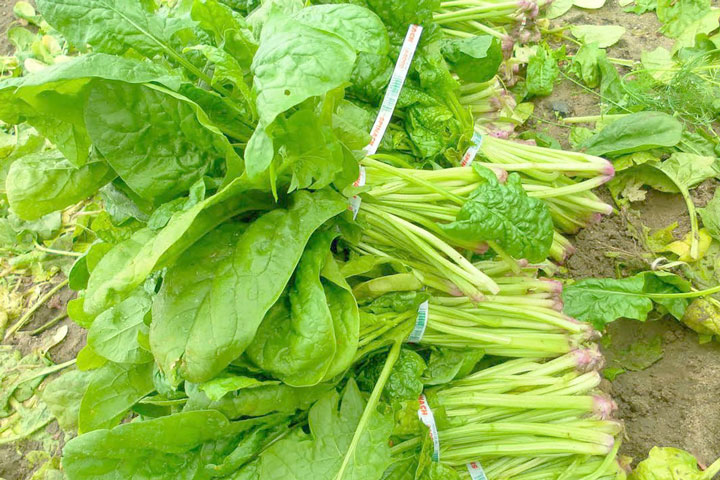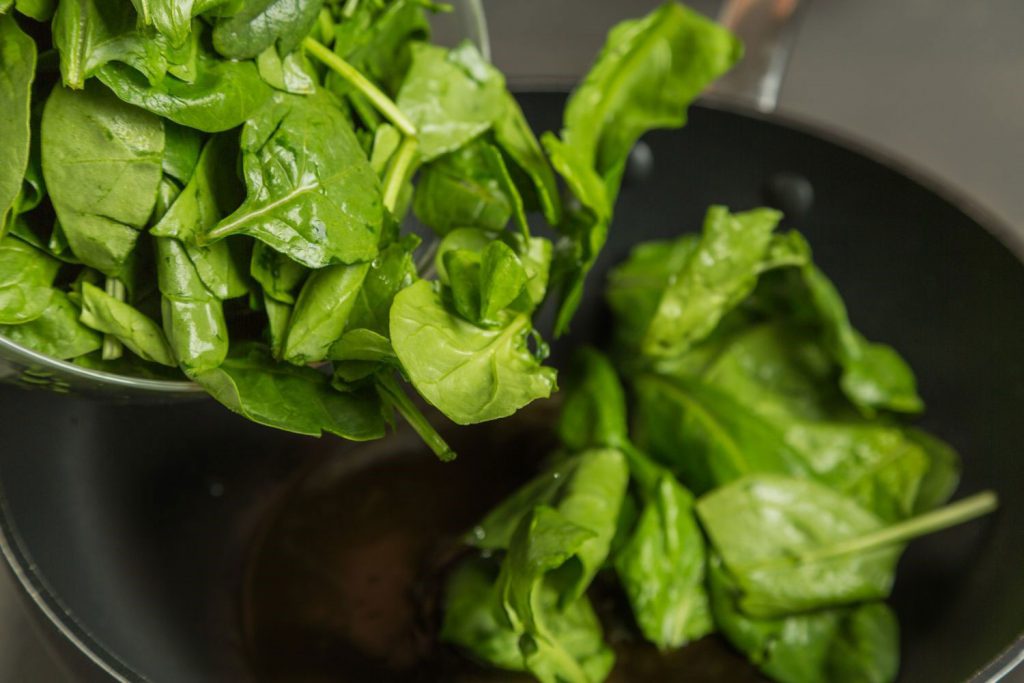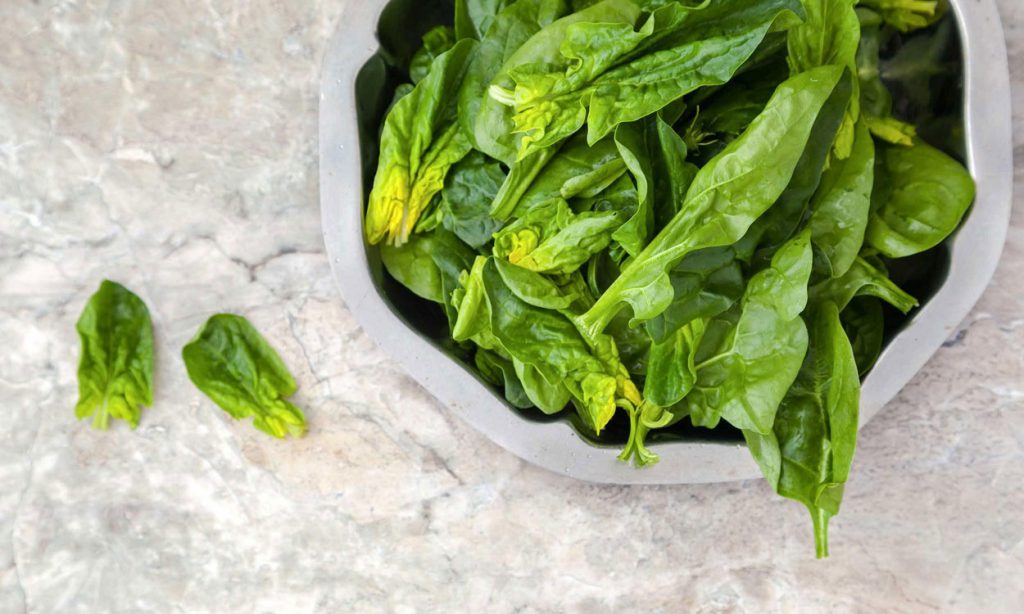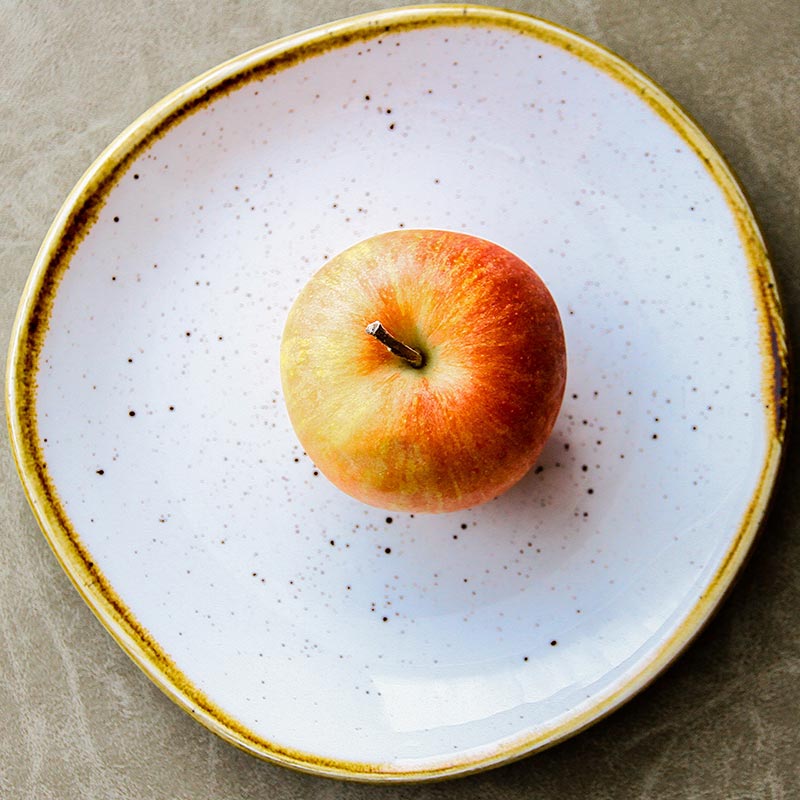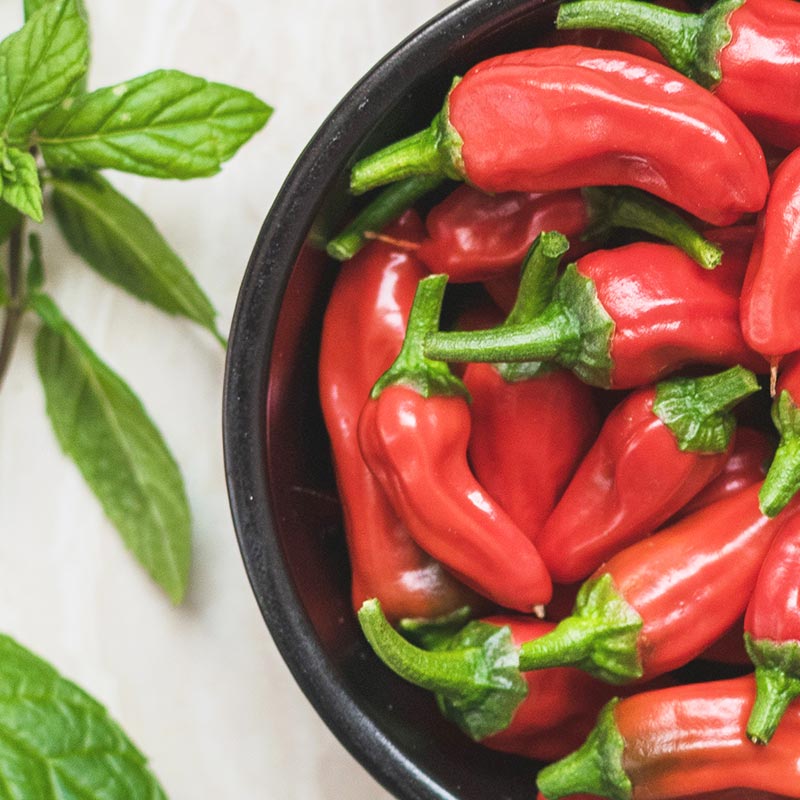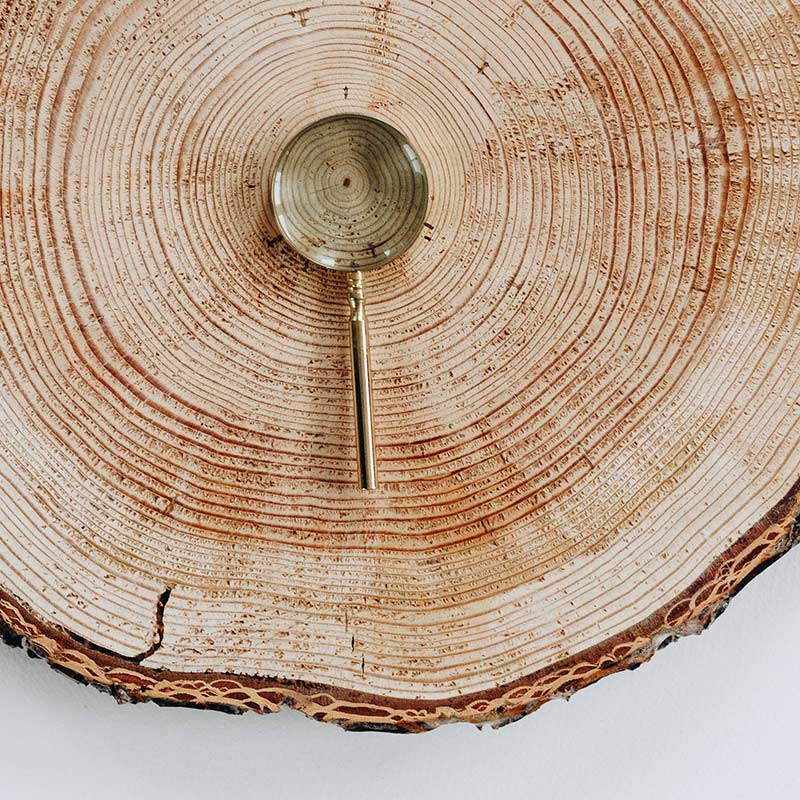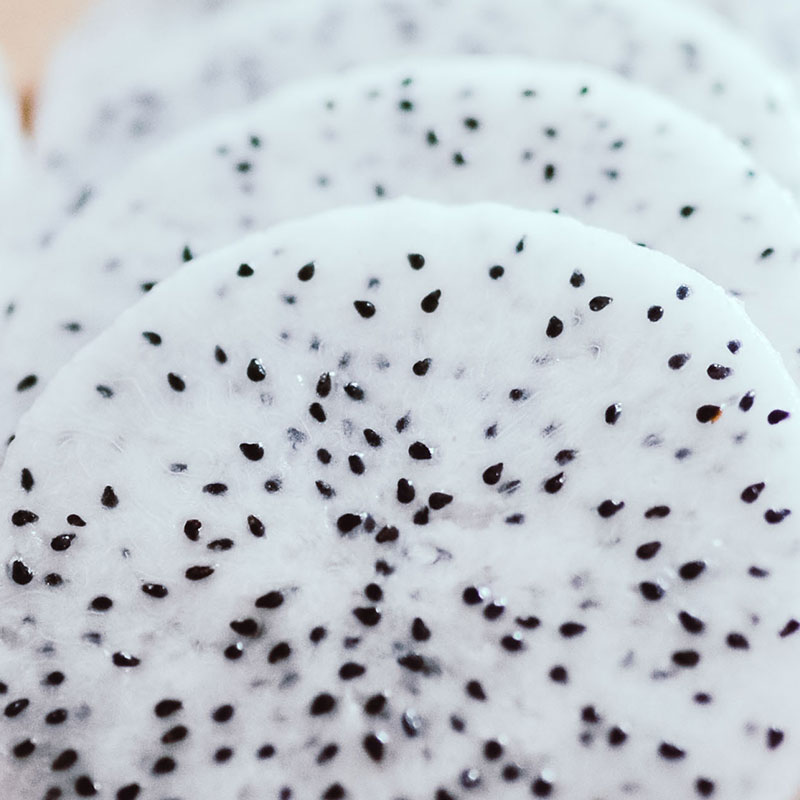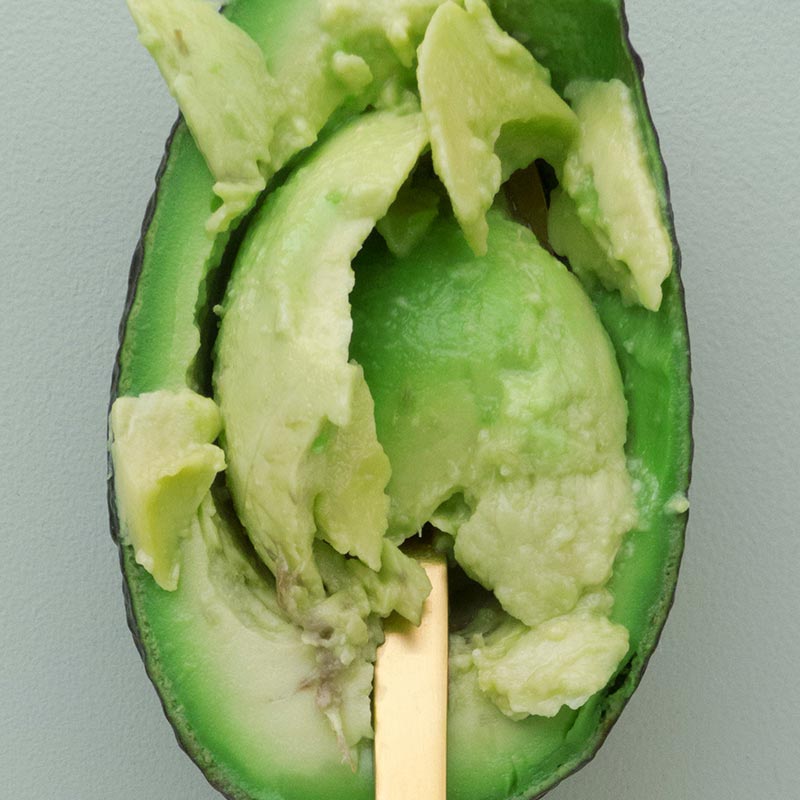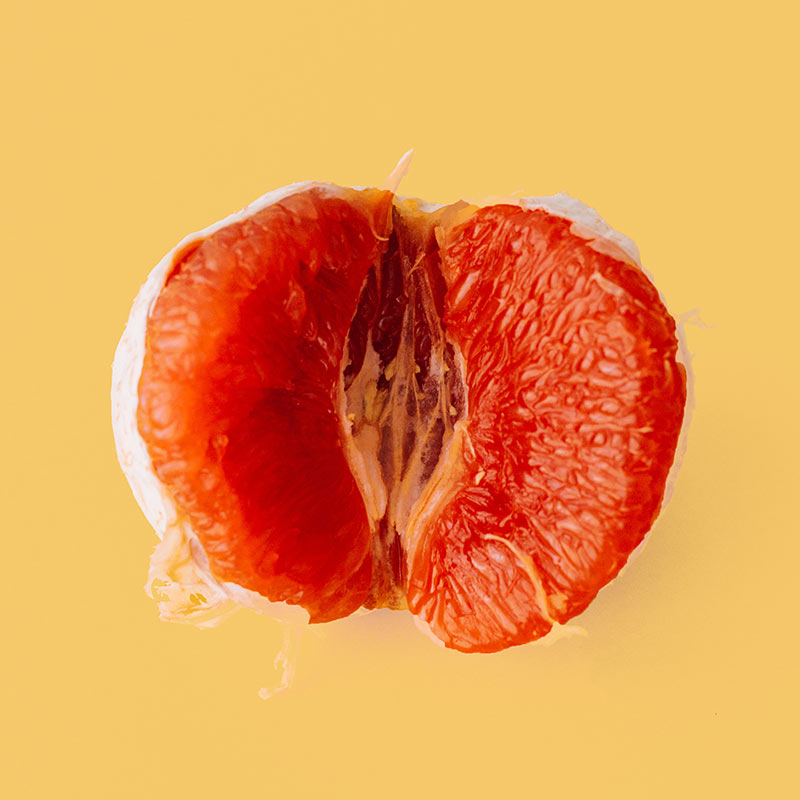Spinach (Spinacia oleracea) is a leafy green flowering plant native to central and western Asia. It is of the order Caryophyllales, family Amaranthaceae, subfamily Chenopodioideae. Its leaves are a common edible vegetable consumed either fresh, or after storage using preservation techniques by canning, freezing, or dehydration. It may be eaten cooked or raw, and the taste differs considerably; the high oxalate content may be reduced by steaming.
Spinach is thought to have originated about 2000 years ago in ancient Persia from which it was introduced to India and ancient China via Nepal in 647 AD as the “Persian vegetable”.The first written evidence of spinach in the Mediterranean was recorded in the 10th century, with its food uses occurring in Spain by the 12th century.
It is an annual plant (rarely biennial), growing as tall as 30 cm (1 ft). Spinach may overwinter in temperate regions. The leaves are alternate, simple, ovate to triangular, and very variable in size: 2–30 cm (1–12 in) long and 1–15 cm (0.4–5.9 in) broad, with larger leaves at the base of the plant and small leaves higher on the flowering stem. The flowers are inconspicuous, yellow-green, 3–4 mm (0.1–0.2 in) in diameter, and mature into a small, hard, dry, lumpy fruit cluster 5–10 mm (0.2–0.4 in) across containing several seeds.
In 2017, world production of spinach was 27.9 million tonnes, with China alone accounting for 92% of the total
Spinach is an annual plant (rarely biennial) growing as tall as 30 cm (1 ft). Spinach may overwinter in temperate regions. The leaves are alternate, simple, ovate to triangular, and very variable in size: 2–30 cm (1–12 in) long and 1–15 cm (0.4–5.9 in) broad, with larger leaves at the base of the plant and small leaves higher on the flowering stem. The flowers are inconspicuous, yellow-green, 3–4 mm (0.1–0.2 in) in diameter, and mature into a small, hard, dry, lumpy fruit cluster 5–10 mm (0.2–0.4 in) across containing several seeds.


